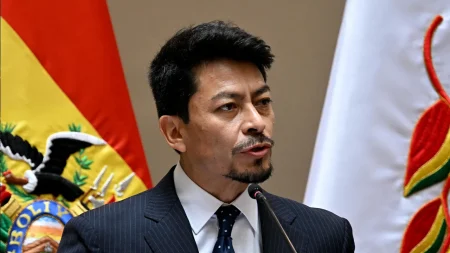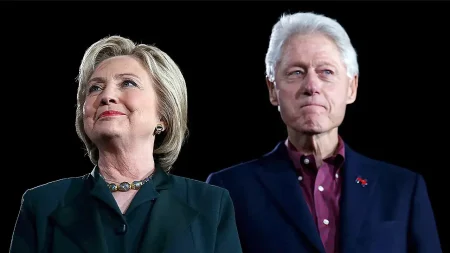The looming threat of a government shutdown has prompted House Republicans to forge a tentative agreement on a stopgap measure, a last-ditch effort to avert a fiscal crisis by the impending Friday deadline. This emergent deal, according to sources close to the negotiations, centers on a three-month extension of current government funding levels, providing a temporary reprieve while lawmakers grapple with the more complex and contentious issues surrounding long-term budgetary allocations. Crucially, the agreement also incorporates a two-year suspension of the debt limit, a key demand of President-elect Trump, effectively removing the immediate risk of the United States defaulting on its financial obligations. This dual approach aims to address both the immediate need to keep the government operational and the longer-term concern of managing the nation’s debt.
The proposed three-month extension of current funding levels represents a pragmatic, albeit temporary, solution to the budgetary impasse. It provides a crucial window of opportunity for both parties to engage in more substantive negotiations, aimed at crafting a comprehensive spending plan that addresses the diverse priorities and concerns of both Republicans and Democrats. This short-term fix allows for the continuation of essential government services without resorting to drastic measures, ensuring that vital programs and agencies remain functional while a more permanent solution is sought. The temporary nature of the extension emphasizes the urgent need for sustained dialogue and compromise to achieve a lasting resolution to the budgetary challenges.
The inclusion of a two-year suspension of the debt limit is a significant concession to President-elect Trump, aligning with his stated objective of removing the debt ceiling as an immediate obstacle to governance. Suspending the debt limit temporarily removes the statutory cap on the amount of debt the U.S. government can incur, thereby preventing a potential default on its existing obligations. This measure provides breathing room for the government to meet its financial commitments without the immediate pressure of hitting the debt ceiling, allowing for more focused discussions on long-term fiscal sustainability and responsible debt management. However, it’s important to note that suspending the debt limit doesn’t address the underlying issue of growing national debt, merely postponing the confrontation with this complex challenge.
The temporary nature of the funding extension and the debt ceiling suspension underscores the fragility of the current agreement. While it provides a much-needed reprieve from the immediate crisis, it essentially kicks the can down the road, leaving the more substantive and challenging budgetary decisions for future negotiations. This approach carries inherent risks, as the same contentious issues that led to the current impasse are likely to resurface when the temporary measures expire. The success of this temporary fix hinges on the willingness of both parties to engage in good-faith negotiations during this period, working towards a comprehensive and sustainable budget agreement.
The tentative nature of the deal also highlights the fluid and dynamic nature of the ongoing negotiations. While sources suggest that an agreement has been reached in principle, the details remain subject to change, and the final outcome hinges on the approval of both chambers of Congress. The political landscape is complex, and the path to a final agreement is fraught with potential obstacles. Differing priorities and political calculations within both parties could complicate the process, and the possibility of unforeseen developments cannot be ruled out. The coming days will be crucial in determining whether this tentative agreement can be solidified into a concrete solution that averts a government shutdown and addresses the pressing issue of the debt ceiling.
Ultimately, this stopgap measure represents a temporary fix designed to address an immediate crisis. The three-month extension of government funding and the two-year suspension of the debt limit provide a breathing space for more substantive negotiations to take place. However, the long-term success of this approach depends on the willingness of both parties to engage in constructive dialogue and compromise, working towards a comprehensive and sustainable budget agreement that addresses the nation’s fiscal challenges. The temporary nature of this deal serves as a stark reminder of the ongoing need for fiscal responsibility and the importance of finding common ground to ensure the stability and solvency of the U.S. government. The coming months will be critical in determining whether this temporary reprieve can pave the way for a more permanent and sustainable solution to the nation’s budgetary challenges.















